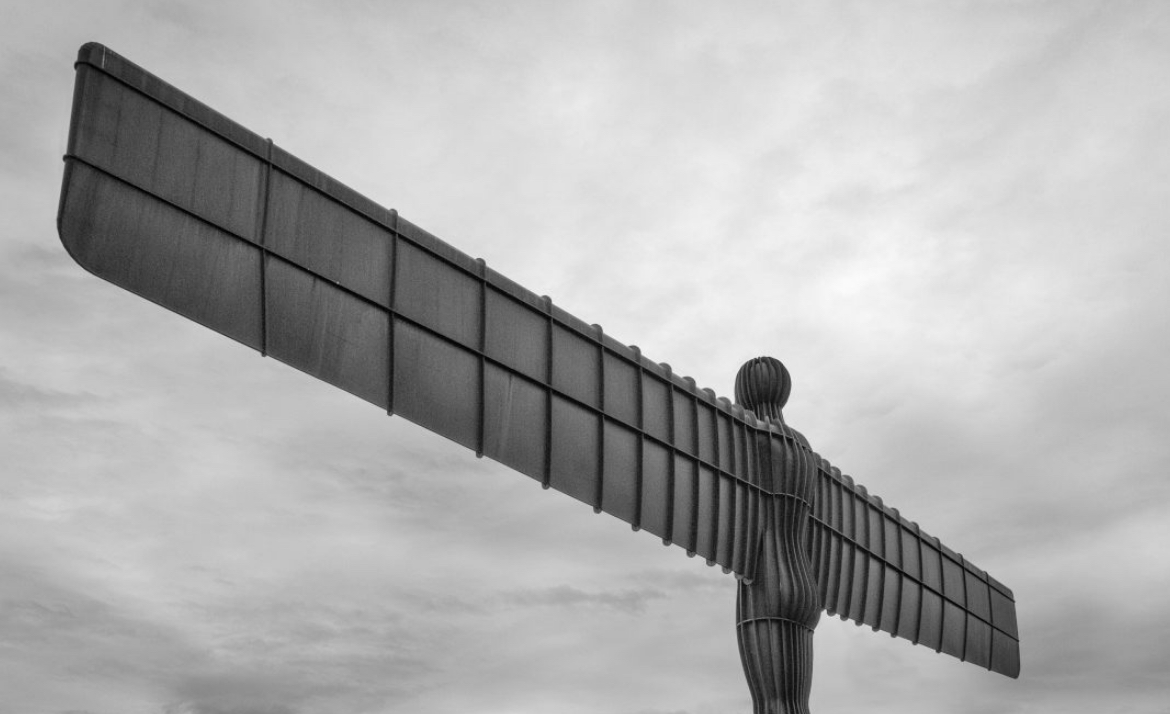This website uses cookies
This website uses cookies to enable it to function properly and to analyse how the website is used. Please click 'Close' to accept and continue using the website.


Liverpool is famed for its late 18th and 19th century architecture but of equal merit and much less well-known, are the achievements of its architects during the 1920s and 1930s, in particular the work of Herbert Rowse who is our hero of the day. Rowse (1887-1963) was responsible for many of the buildings associated with one of the major public works project of the period, the Queensway Tunnel, as well as the recently restored Dudokian Philharmonic Hall and the India Buildings, notable for its stylish ground floor arcade. His 1932 Woodside ventilation tower built in Flemish-style ornate brick, was justly described by Gavin Stamp as one of the best C20 buildings in England.
The tour will venture across the Mersey to Birkenhead, returning via the Queensway Tunnel to Lime Street to see Lionel Budden’s Grade 1 listed Cenotaph with its masterly panels by H. Tyson Smith. Perhaps reflecting its status as a great port city, many of the buildings we will visit display a particularly American-influenced version of Art Deco, emphasising scale and gritty dynamism. A day to ‘aRowse’ our enthusiasm for Liverpool’s inter-war School of Architecture!
Booking
£10 for those with eligible bus passes. If you do not qualify for a bus pass, there is a special rate of £12 which includes a one-day ticket for the two bus journeys which are part of the tour (normally £4.60). Concise notes on the tour are also provided. Pay on the day.
To book please email northwestc20thsociety@hotmail.co.uk indicating whether you are on the standard rate (£10) or the special rate with bus ticket (£12). Non-members of C20 are welcome. If you have any queries please email this address.

Become a C20 member today and help save our modern design heritage.
Comments